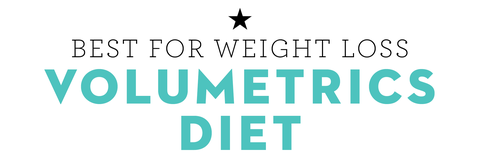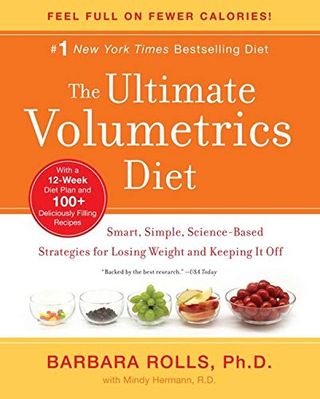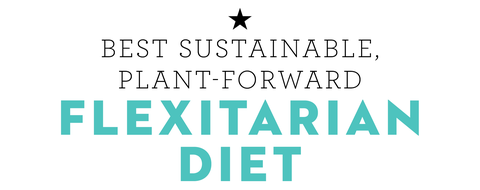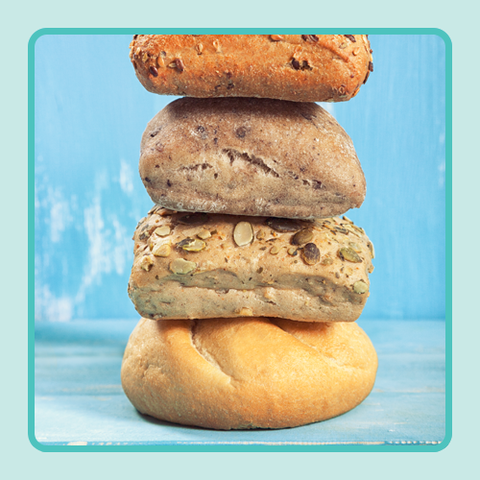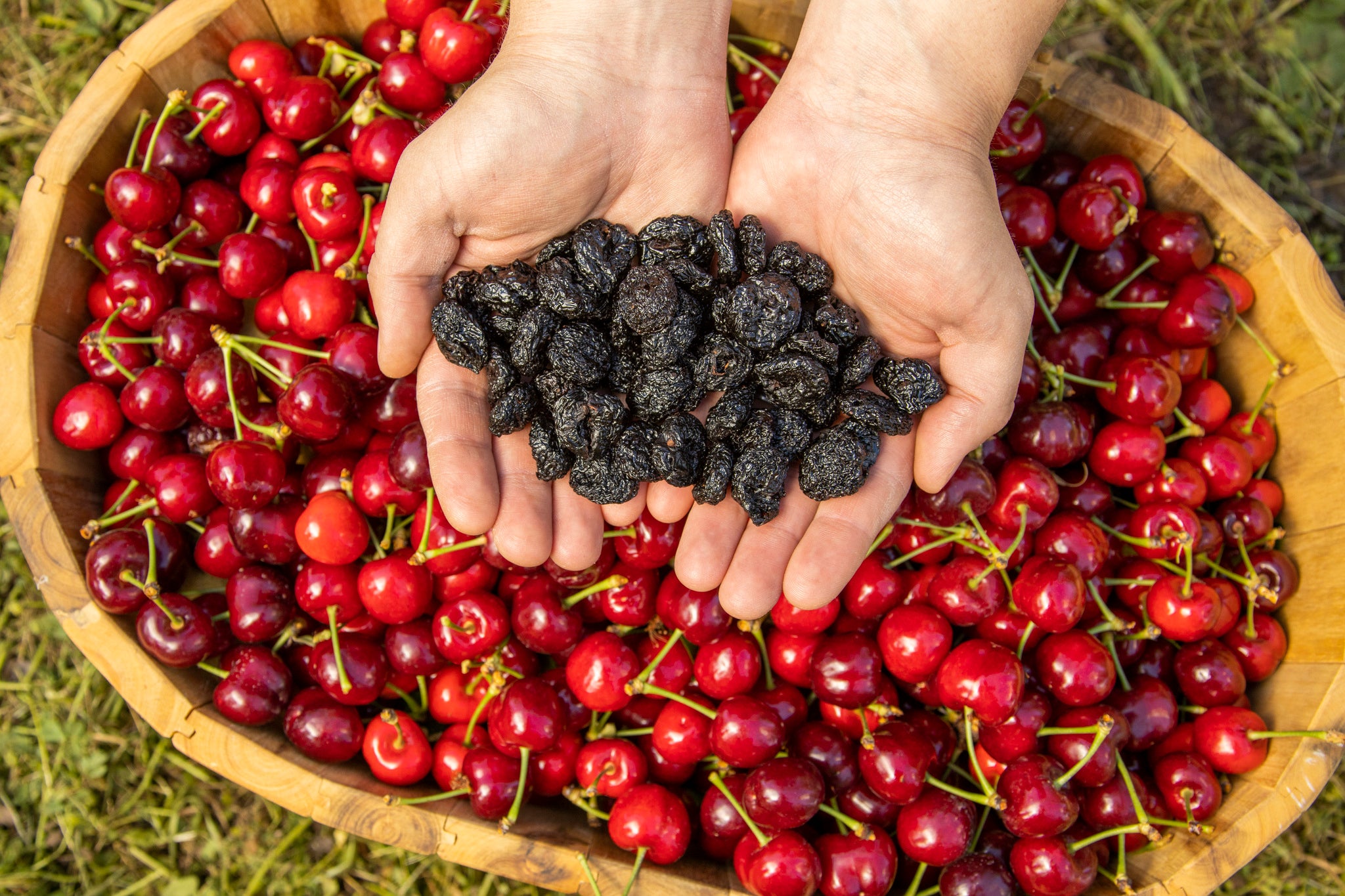The Best Diets of 2021
If there ever was a year to let unhealthy habits bite the dust, 2021 is definitely it — for many, it’ll be a year of rebuilding routines, and making redeeming choices moving forward. And it might be the first time that you’re interested more in how food makes you feel rather than how you look; fortunately, there are a handful of eating plans that can help you on both fronts. Stefani Sassos, MS, RD, CDN, the Good Housekeeping Institute’s registered dietitian, explains this year’s best diets — which can revolutionize your cardiovascular health, help you shed steady pounds, plus boost your mood — won’t push you towards what’s commonly known as “yo-yo” dieting. “These aren’t gimmicks to get you ready for a wedding in two weeks. The best diets teach you excellent nutrition principles that you can adopt for life, no matter which program you’re following,” she contends.
These top-rated diets and programs hold promise for anyone looking to improve their health this year; if 2021 had a singular theme, it’s sustainable, Sassos says. “These diets aren’t cutting out major food groups that your body needs, but rather focus on incredible staples that you’re adding into your everyday routine, and keep you on a reasonable track to better habits,” she adds. Only one of the diets on our list actively discourages meat, but all of them emphasize more plant-based eating, Sassos points out, adding that these plans fight cardiovascular disease and inflammation while providing more antioxidants than ever: “You’re going to fill up on nutritious foods that may, in turn, help you manage your weight.”
It takes some work to get yourself ready for a healthier routine, especially if you want to stick with it all year long. Here’s what you should prioritize on any diet you try:
- Getting enough energy: The U.S. Department of Health maintains that healthy amounts of calories in any given diet for adult females range from 1,600 to 2,400 each day (2,000 to 3,000 for men), but calorie intakes should be customized based on your activity level. If you’re attempting to lose weight, Sassos says 1,200 calories (1,400 for men) should be the bare minimum. A meal plan that dips below this amount may not provide sufficient nutrients in your meals, and your metabolism will suffer.
- Focus on cutting added sugar: Women should avoid consuming more than 25g of sugar each day (36g for men) per the American Heart Association, but added sugar in caffeinated drinks, breakfast foods, snacks, and desserts can easily impact your diet. First, work on quitting habits that lead you to crave sugar, and then keep an eye on sugar counts in the future (consider targeting sugar if it’s your Achilles heel).
- Avoid excess salt: Most excess sodium hides in packaged, processed foods, which adds to cardiovascular disease and inflammation in the process. Experts ask Americans to keep it to 1,500mg of sodium each day, not to exceed 2,300mg, to keep hearts healthy.
- Stay hydrated: Drinking at least 72 ounces of water each day (if not more!), or six to eight cups of water, can help keep you feel more satisfied in between meals. You may need more based on your activity levels, and calculating your exact need can be a boon for your overall health.
- Get sweaty: Especially if you’re angling for weight loss, getting your heart pumping is important, as a healthy diet is only half the battle. You don’t need to access a gym to get in at least 30 minutes of heart-pumping activity each day — simply walking can help you lose weight, believe it or not.
You should always consult a primary care provider and/or with a registered dietitian on an individual basis before making drastic changes to your diet. Certain pre-existing health conditions may prevent you from following prescribed dietary plans. Discuss any potential side effects with a doctor before changing your diet or trying a new one altogether.
Below, we’re sharing a ranking of the best diets of 2021, a brief explanation of why each program should edge out trendier diets you see elsewhere (yes, including Keto and Whole30), and resources to help make an easier transition for you into a brand-new routine. Read on to learn why each diet is healthy in the long run, but to summarize, the best diets for you in 2021 are:
- Best Overall Diet: Mediterranean Diet
- Best Diet for Heart Health: DASH Diet
- Best Diet for Weight Loss: Volumetrics Diet
- Best Sustainable Diet: Flexitarian Diet
- Best Digital Diet: Noom
- Most Promising Diet: Nordic Diet
This lifestyle-based diet, inspired by healthy communities in nations like Greece, Spain, France, and Italy, is consistently ranked as the best diet for many good reasons. Snagging the top spot in U.S. News and World Report‘s annual diet ranking for the fourth year in a row, Sassos explains this diet comes with the least amount of rules. Stop counting calories, and start thinking about how many vegetables, fruits, whole grains, and legumes or pulses you can stack in your day. Lean proteins are also on the menu, as well as heart-healthy fats like olive oil and nuts plus wine (!), but most Mediterranean diet meal plans take you back to solid nutritional basics, Sassos explains.
“While it’s not designed for dramatic weight loss in a short period of time, these Mediterranean-style foods can promote better health in general and may lead to modest sustainable weight loss over time,” Sassos says. As we’ve highlighted in years past, the diet-turned-lifestyle has been linked to serious longevity, among other benefits (like preserving memory and cognitive abilities!).
According to the Centers for Disease Control and Prevention, nearly half of the adults in the U.S. are living with high blood pressure, but only 1 in 4 adults actually work to lower it. It’s why scientists first created the DASH program in the early 1990s, targeting sources of high sodium and unhealthy saturated fats in most people’s diets. Over time, a DASH diet, or “dietary approaches to stop hypertension,” works to lower blood pressure naturally by asking dieters to reduce red meat consumption as well. Alcohol is curtailed as much as possible, and dieters are also asked to participate in at least 2 hours and 30 minutes of exercise each week.
Your heart health will certainly improve if you follow this low-fat, low-sodium diet. But since DASH promotes plenty of nutritional foods that can be found in other diets on this list, you can expect some weight loss, especially if you’re replacing high-calorie, processed foods on a daily basis with DASH-approved meals. “It’s beneficial for anyone with a family history of heart disease — or, if you’ve picked up a habit in the last year of eating more fast food or pre-packaged convenience items, then a DASH diet can help you course correct,” Sassos says.
Why does this diet help shed pounds better than others on this list? At the end of the day, it has to do with plenty of vegetables and fruit, of course, but more so with the fiber that these items introduce into your diet. Unlike other diets that emphasize priority on certain food groups and remove others (cough, Keto!), Volumetrics doesn’t technically restrict you from eating your favorite foods — it just requires keen moderation to be successful. If you like indulging in a small treat from time to time, you’ll learn to balance these treats out with the help of Barbara Rollins, PhD, who has written the ultimate guide to getting started, The Ultimate Volumetrics Diet.
As you might have guessed, the diet is based on the volume of your meals, allowing you to reach for more vegetables, fruit, and plant-based items that are high in fiber and water. Developed by researchers at Pennsylvania State University, this diet’s meals are designed to help you feel fuller for longer while maximizing each calorie consumed; you’re encouraged to double down on servings of leafy greens and sweet fruit, as long you’re replacing other caloric foods instead. Think: A half cup of salsa with as many crudité as you’d like in place of salty tortilla chips. “It’s meant to make you not feel deprived because you’re eating volume-rich foods that are going to keep you full,” Sassos adds.
You’ll be able to eat higher amounts of the following foods via the meal plans presented in Rollins’ guide:
- Fresh fruits (unprocessed varieties)
- Fresh and frozen vegetables
- Whole grains, including brown rice, buckwheat, quinoa, and barley
- Beans and legumes
- Lean fish, including flounder, tilapia, haddock, and mahi-mahi
- Low-fat poultry and meat, namely skinless chicken
- Lots of water!
Flexitarian diets are far from a vegan diet, but for those who have yet to hop on the plant-based train, a flexitarian diet can be much more attainable than removing all animal-sourced foods at once. Out of all the diets on this list, this offers the most flexibility, as you create guidelines and rules to help cut back meat and dairy at your own pace. Replacing meat and dairy in your diet is more about reaching for vegetables and whole grains, as “vegan” alternatives can be just as unhealthy as some convenience foods in your local supermarket.
Lastly, there are benefits to reducing your consumption of meat and dairy that goes beyond your own health and waistline — both medical experts and conservationists are increasingly calling for more plant-based eating to help stem the pull of agricultural demand on our planet’s resources. “Compared to veganism, flexitarian diets are more sustainable for the average dieter, and also sustainable for the planet, too,” Sassos says.
In addition to doubling down on vegetarian meals and things like Meatless Mondays, you can choose a few of these smart vegan-approved alternatives to add to your weekly routine:
Many of these diets come with meal plans and recipes, available in books and guides online — but digital dieting services answer more questions than most, and support users with every single decision they can make. Noom is best suited for those who need more structure and guidance, or for those who may be attempting a diet for the very first time, as it provides a layer of interactive support that you can’t find in a printed book. The service starts with a long interactive “quiz” designed to help create a calorie plan for you, but you’ll use the app-based service to track the foods you’re eating and log your exercise (as well as other data like blood pressure). Plus, you can even sign up for 1-on-1 health coaching throughout your experience, if you’re willing to pay a subscription fee.
Noom is perfect for a self-starter kind of dieter, Sassos explains, as it provides all the metrics you may need — nutritional information, clear guides to what you should be eating based on a color-coded system, and plenty of recipes to cook through. But it doesn’t do a full meal-plan guide, meaning you’ll have to be plugged in to make your own plans for success throughout your journey.
Could this be the “next” Mediterranean diet? After all, these diets have striking similarities; they feel more like lifestyle changes than anything, both are directly sourced from cultures in countries overseas (in this case, pulled from Denmark, Sweden, and Norway, among others), and both stress the same food groups. The only difference may lie in the kinds of fats and oils each approach promotes, which may actually allow more Americans to find themselves keen on a new lifestyle diet.
On the Nordic Diet, you’ll turn to recipes that are high in plenty of seasonal vegetables and fresh fruits, a whole suite of whole grains, and more lean proteins found in the seas and lakes of the namesake region. You’ll ditch processed, sugar-filled foods, and incorporate a bit less lean poultry and beef than you would on a Mediterranean diet meal plan. The main difference between the programs, however, is the source of healthy fats: Olive oil is swapped for canola oil in the Nordic diet, as it’s also extremely low in saturated fats, higher in monounsaturated fat (the good stuff!), and contains heart-healthy omega-3 fatty acids Sassos explains. Like those enjoying a Mediterranean diet, Nordic dieters can work to lower cholesterol, blood pressure, inflammation, plus reduce future risk of cardiovascular disease, all the while helping you lose weight over time.
Another key difference in a Nordic diet is the emphasis on powerful, supercharged carbohydrates: You’ll enjoy crackers and crispbreads made only from whole-grain barley, oats, and rye. Alongside fiber found in these whole grains, there’s also fiber sourced from increased consumption of berries in a typical Nordic diet meal plan, as noted by researchers at Harvard University. Berries contain plenty of chemicals known as anthocyanins, which may lower blood pressure by directly impacting the health of your blood vessels.
The only catch (and the reason why Mediterranean diets continue to reign supreme) is the lifestyle’s typical cost for most Americans. Doubling down on unprocessed grains and seafood more often can be cost-prohibitive for some, Sassos says; but it may also encourage seafood lovers to give it a try over other dietary plans.







